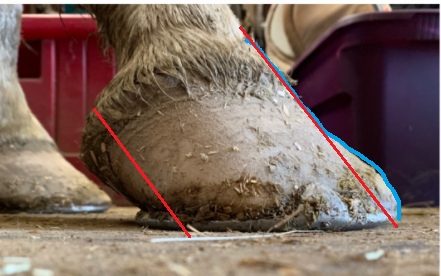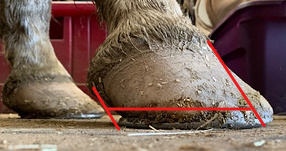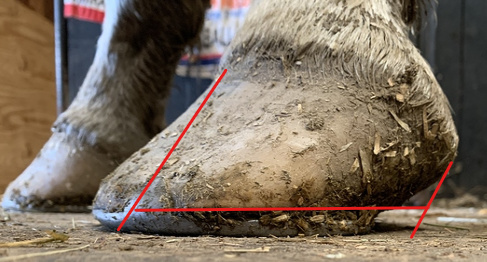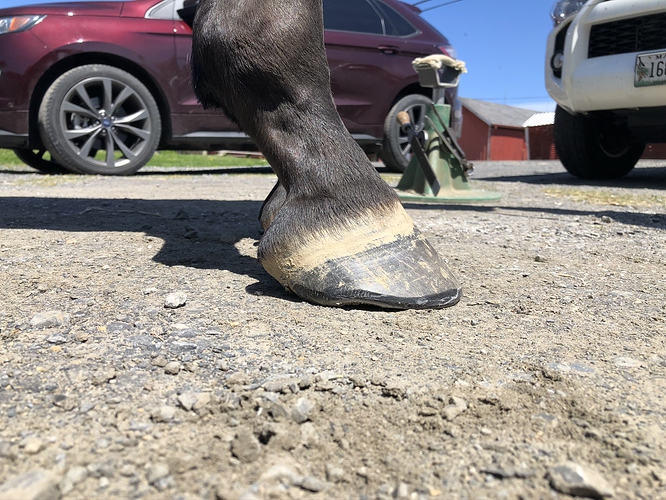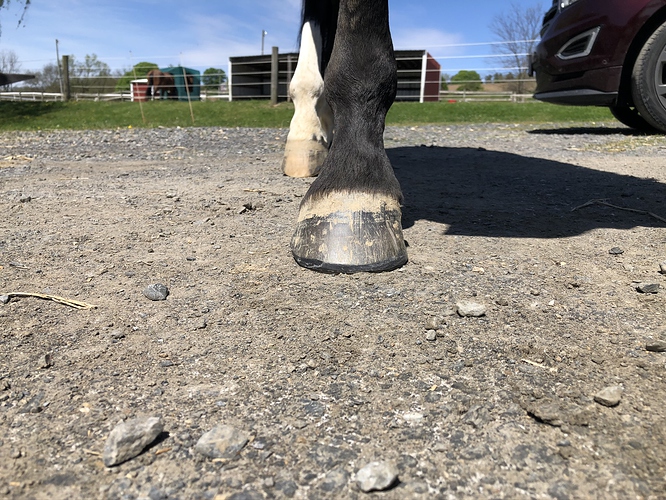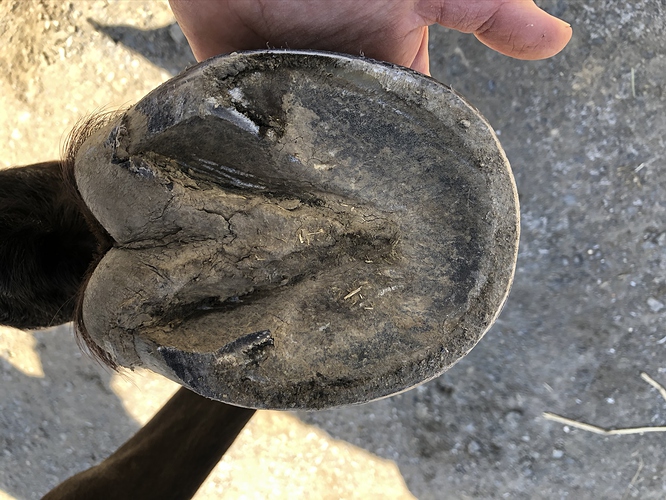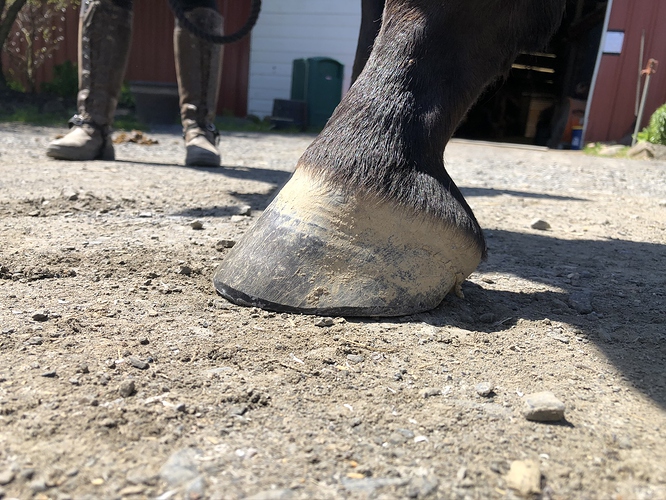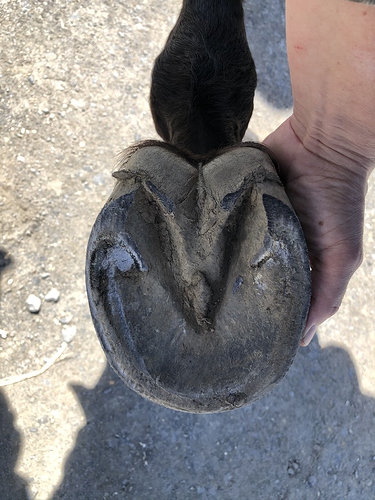The same thing happened to me about 10 years ago. I used a great farrier, he was smart, knew all about hooves, had even won awards and competitions! He was also really nice and funny, and had a really nice set up. We’ll call him Showboat. But when my horse began to get sore feet, I asked about why, Showboat said, well you bought a horse with thin soles, let’s put on pads. Ok, great!! What the hell do I know? He’s the professional!
Horse didn’t improve, but I began to notice all the horses had long toes at that barn. A friend who also used Showboat, his horses all had long toes and low heels.
I moved horse to my property (which was plan) , kept using Showboat, as the lady across the road does too to very convenient. Horse began to be not quite right, didn’t want to canter, not his usual forward self and when we crossed the road to get to trails, I could hear his footfalls weren’t even. Showboat didn’t have any ideas, just a training problem. Didn’t really care. Appys are troublesome. Took horse to the vet, radiography showed minor rotation in his feet. Vet very roundabout to suggest new farrier, because it’s a small area and he has to work with Showboat a lot.
Gave Showboat this info- about the rotation not what the vet said!- he said nerve block was all I could do, expect horse to retire soon, so sad. Same had happened to one of the horses at the old barn.
Ended up with a new farrier, not posh, not fancy, but great with feet. Horse ended up being able to go with corrective shoes and was a happy little trail horse again! (Sadly horse is no longer with me, time comes for us all)
Showboat is still working, he continues to do the horses across the road, and now some of the horses at the new barn I take lessons at. His son is his assistant. The horses he works on went from having those upright WB feet to these sloped long toe feet with low heels.
I still feel terrible and wonder if I caused that horse to have navicular, by not doing more or knowing more.









